Disclosure: This article contains affiliate links. We may earn a commission from purchases at no extra cost to you, which helps our travel content.
Who would have thought that at 60, I'd be wandering through sun-drenched Greek alleyways hunting for handcrafted treasures? Certainly not the corporate HR director I was a decade ago in chilly Winnipeg! Yet here I am, fresh from exploring Naxos—the largest of the Cyclades islands—with my shopping bags full and my heart even fuller. This overlooked Greek gem isn't just about pristine beaches and whitewashed buildings (though those are magnificent). It's a living museum of artisanal crafts that have survived centuries, passed down through generations of skilled hands. After spending a week hunting for authentic keepsakes with my friend's family in tow (including three very opinionated teenagers), I've compiled this guide to help you discover the soul of Naxos through its crafts. Whether you're a serious collector or simply want meaningful mementos that won't end up in next year's garage sale, this island offers treasures that tell stories—exactly what souvenirs should do.
Navigating Naxos' Craft Landscape
Before diving into specific crafts, let's get oriented. Unlike some Greek islands that have surrendered to mass tourism, Naxos maintains an authentic character that's reflected in its shopping scene. The island is divided into distinct areas, each offering different artisanal experiences.
Chora (Naxos Town) houses the most concentrated collection of shops, particularly in the labyrinthine streets of the Old Market and the Castle (Kastro) area. This medieval quarter is where I spent many mornings, coffee in hand, watching artisans open their workshops as they've done for decades.
The mountain villages—particularly Halki, Filoti, and Apeiranthos—offer a more intimate glimpse into traditional craftsmanship. Here, you'll find workshops where time seems to have stood still, with techniques unchanged for generations.
For families with restless children (like my friend's teenagers who accompanied me), I recommend alternating shopping with beach time. I created a treasure hunt list for the kids, challenging them to spot specific crafts and ask artisans questions. They were surprisingly engaged—especially when ice cream rewards were promised!
To navigate efficiently, I relied heavily on my travel daypack, which proved perfect for carrying small purchases while keeping essentials like water and my village maps accessible. Trust me, when you're hunting ceramics in the midday Greek heat, proper hydration and organization become your best friends.
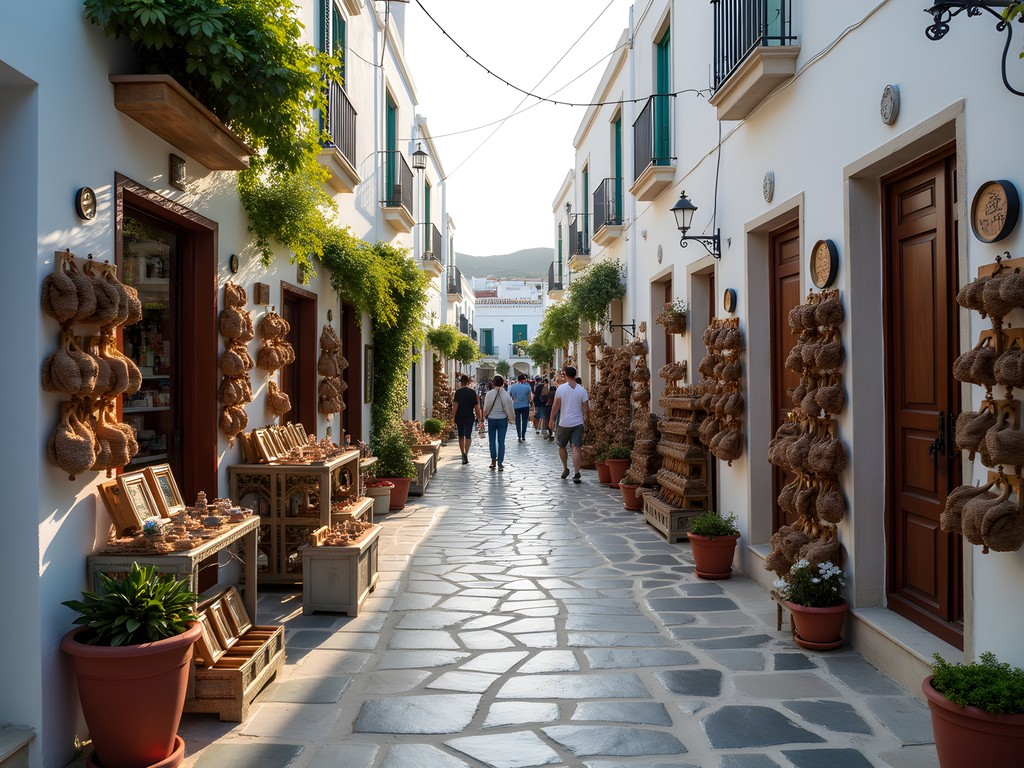
💡 Pro Tips
- Visit workshops in the morning when artisans are fresh and more willing to demonstrate their craft
- Bring cash for small village shops where credit cards might not be accepted
- Learn a few Greek phrases—even simple appreciation terms open doors to authentic experiences
Ceramics: The Island's Earthen Canvas
If there's one craft that captures Naxos' soul, it's ceramics. The island's pottery tradition dates back to ancient times, and today's artisans continue this legacy with pieces that blend traditional motifs with contemporary sensibility.
My personal ceramic journey began at Promponas Workshop in Chora, where I watched third-generation potter Manolis transform a lump of local clay into an elegant vase adorned with Cycladic motifs. The blue and white patterns—representing the sea and whitewashed buildings—spoke to me in a way mass-produced souvenirs never could.
For families, I highly recommend the pottery studios that offer hands-on experiences. At Pottery of Naxos in Damalas village, my friend's children created their own small pieces under the guidance of Maria, a patient artisan who's been teaching visitors for over 20 years. The concentration on their faces as they shaped the clay was worth every euro—and the pieces they created became their most treasured souvenirs.
The most distinctive Naxian ceramics feature motifs inspired by ancient Cycladic art—simple, geometric patterns that feel remarkably modern. Look for the spiral designs (representing the sea's eternal movement) and bird motifs (symbolizing freedom).
What surprised me was the price range—from 5€ small trinket dishes to museum-quality pieces for hundreds. I settled on a beautifully crafted olive oil pitcher (25€) that now sits proudly in my Bangalore kitchen, bringing Mediterranean sunshine to my Indian life.
While visiting multiple workshops, I used my packing cubes to protect my fragile purchases in my luggage. These compression cubes were lifesavers, creating padded compartments that kept my ceramics intact during the journey home—something I learned the hard way after a heartbreaking incident with a cracked bowl from Thailand last year.
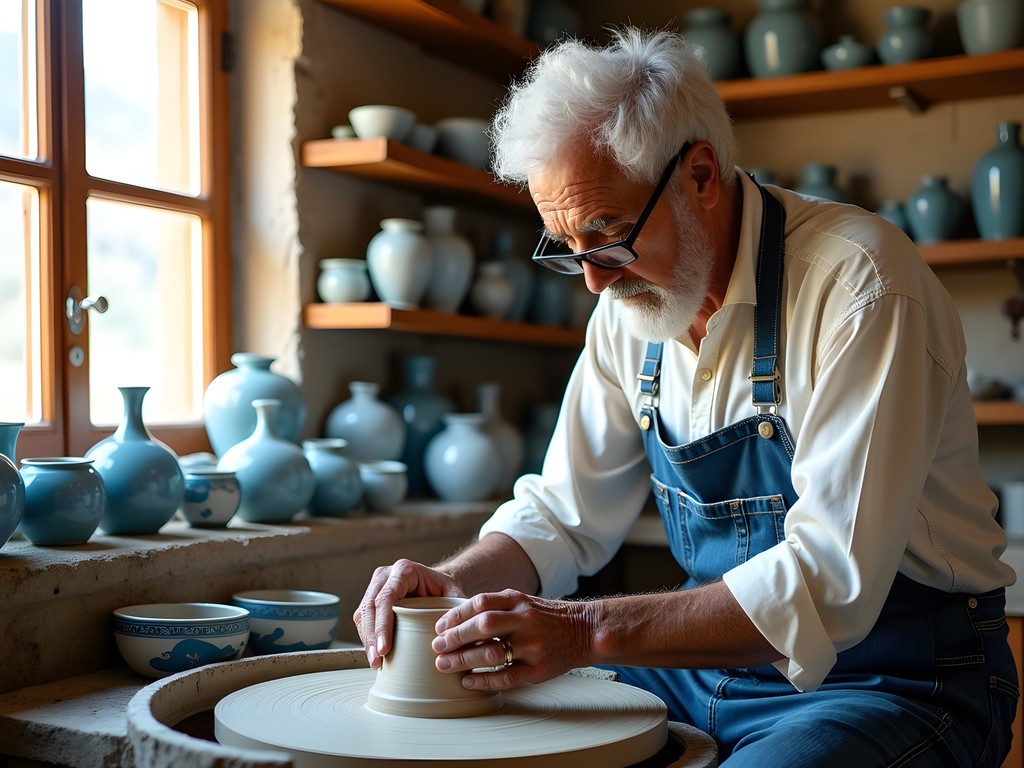
💡 Pro Tips
- Ask about the clay source—authentic Naxian ceramics use local clay with distinctive properties
- Look for the artist's signature or workshop stamp on the bottom of quality pieces
- Consider shipping larger items—most established workshops offer reasonable international shipping
Textile Treasures: Woven Stories
Long before fast fashion and synthetic fabrics, Naxos was known for its exceptional textiles. The island's weaving tradition dates back centuries, with techniques passed from mother to daughter across generations.
My textile exploration began in Halki village at the Fish & Olive workshop, where I met Katharina, a weaver who combines traditional patterns with contemporary designs. What struck me was how she explained the symbolism behind each pattern—stories of fertility, protection, and abundance woven into every piece.
For those seeking authentic Naxian textiles, look for items made on traditional looms using natural materials. Cotton and wool are common, often dyed using traditional methods including plants like indigo and saffron. The most distinctive Naxian textiles feature geometric patterns in blue, red, and natural undyed colors.
In Apeiranthos village, I discovered a small cooperative where local women create exceptional embroidery pieces. I watched as Eleni, a woman in her 80s with hands that have clearly told stories for decades, created intricate designs with the speed and precision that only comes from a lifetime of practice. When she explained that she learned these stitches from her grandmother, who learned from her grandmother before her, I felt the weight of tradition in every thread.
What to buy? Table runners (30-60€) make practical souvenirs, as do the lightweight cotton beach throws (25-40€) that serve multiple purposes. I couldn't resist a hand-embroidered linen blouse (85€) that now garners compliments whether I'm in India or back visiting Canada.
For families, the textile museums in Halki and Apeiranthos offer child-friendly demonstrations where kids can try simple weaving. My friend's daughter was so inspired she's now taking weaving classes back home in Vancouver.
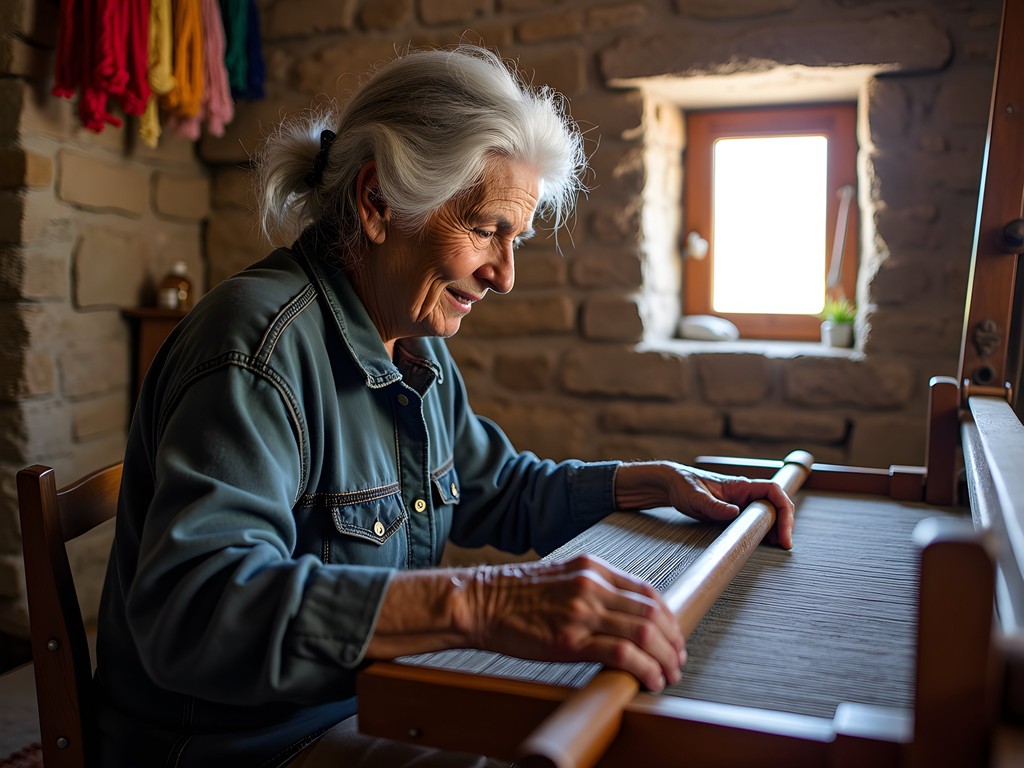
💡 Pro Tips
- Ask about washing instructions—many natural dyes require special care
- Look for the 'Created in Naxos' tag that authentic local cooperatives use
- Visit the Textile Museum in Halki for context before shopping
Kitron: The Liquid Gold of Naxos
Not all souvenirs need to occupy shelf space. Some can be savored, shared, and—when the bottle is empty—remembered fondly. Enter Kitron, Naxos' signature liqueur that's been produced on the island since the 19th century.
Made from the leaves and fruit of the citron tree (a relative of lemons), Kitron comes in three varieties distinguished by color: green (strongest), yellow (medium), and clear (mildest). My first taste came at the Vallindras Distillery in Halki village, where the Vallindras family has been producing this aromatic spirit since 1896 using methods virtually unchanged over time.
The distillery tour is fascinating even for non-drinkers and surprisingly engaging for families. My friend's teenagers were captivated by the antique copper stills and the process explanation, though they obviously skipped the tasting portion! The distinctive aroma—citrusy, herbal, and uniquely Naxian—permeates the building.
After sampling all three varieties (purely for research purposes, I assure you), I settled on the yellow Kitron as my preferred choice—strong enough to appreciate the complex flavors but smooth enough to sip leisurely. I purchased a handsome bottle (18€) that now serves as my special occasion drink when friends visit my Bangalore apartment.
For those who don't consume alcohol, the distillery also sells citron preserves and sweets that capture the distinctive flavor without the spirits.
To properly transport my liquid treasure, I used my trusty bottle protectors which has safely transported everything from Moroccan argan oil to Japanese sake throughout my travels. These inflatable protectors are worth every penny when you consider the heartbreak of finding your special liqueur soaking your suitcase upon arrival home.
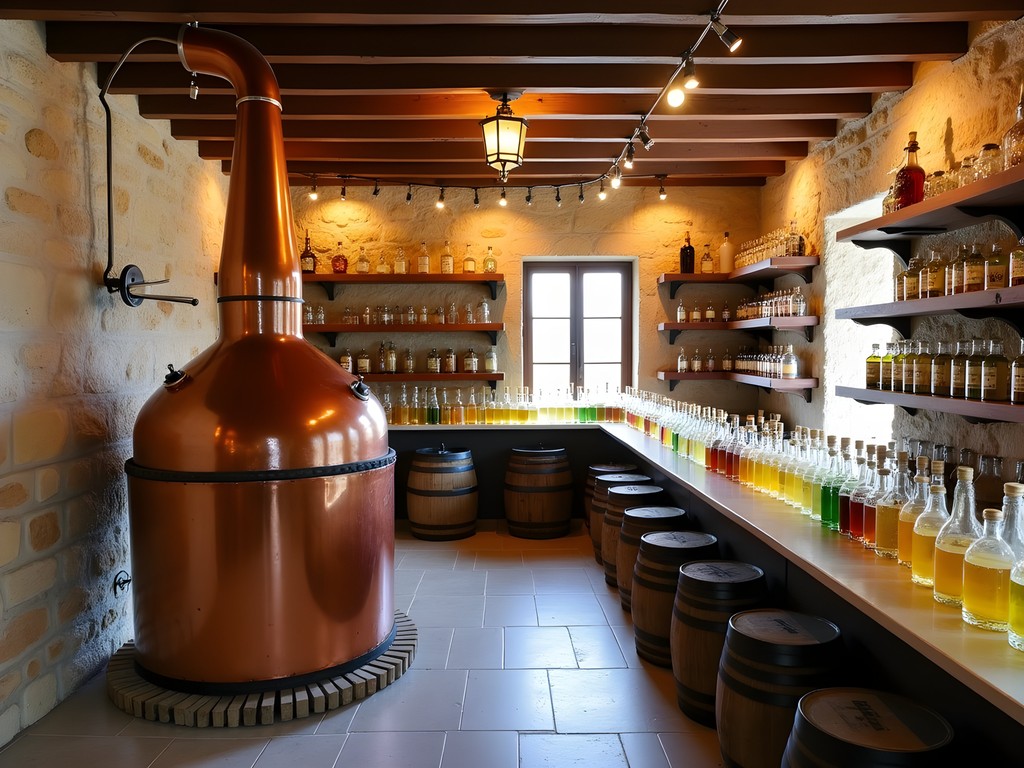
💡 Pro Tips
- Purchase Kitron directly from the Vallindras Distillery for authenticity and the full experience
- The clear variety makes an excellent mixer for cocktails, while the yellow is perfect for sipping
- Check your country's customs regulations before purchasing—most allow 1-2 bottles per adult
Emery Crafts: Beauty from Harshness
One of Naxos' most unexpected craft traditions comes from its emery mines. Emery—a dark, granular rock once vital for sandpaper and abrasives—has been mined on Naxos for centuries. While the commercial mining has declined, local artisans have transformed this humble material into striking jewelry and decorative items.
I discovered emery crafts at a small workshop near Apiranthos, where craftsman Giorgos creates polished emery pieces set in silver. The contrast between the rough, dark stone and gleaming metal creates pieces with a distinctly contemporary aesthetic despite being made from one of the island's oldest resources.
What makes emery crafts special is their connection to Naxos' industrial heritage. When Giorgos showed me old photographs of his grandfather working in the mines, I felt that rare connection between past and present that makes souvenirs meaningful.
The price range for emery crafts varies widely—from simple pendants (15-30€) to elaborate silver and emery art pieces (100€+). I chose a pair of elegant drop earrings (45€) with polished emery stones set in silver, which have become one of my most commented-on accessories.
For families with children, many emery craftspeople offer simple workshops where kids can polish small emery stones and create basic pendants. My friend's son, normally more interested in his phone than cultural activities, spent an engaged hour creating a pendant for his grandmother.
To capture these shopping adventures, I relied on my travel camera which is compact enough to carry everywhere yet produces professional-quality images even in the challenging lighting of small workshops. The flip screen proved perfect for capturing overhead shots of artisans at work—images that now illustrate my travel journal alongside the actual treasures I brought home.
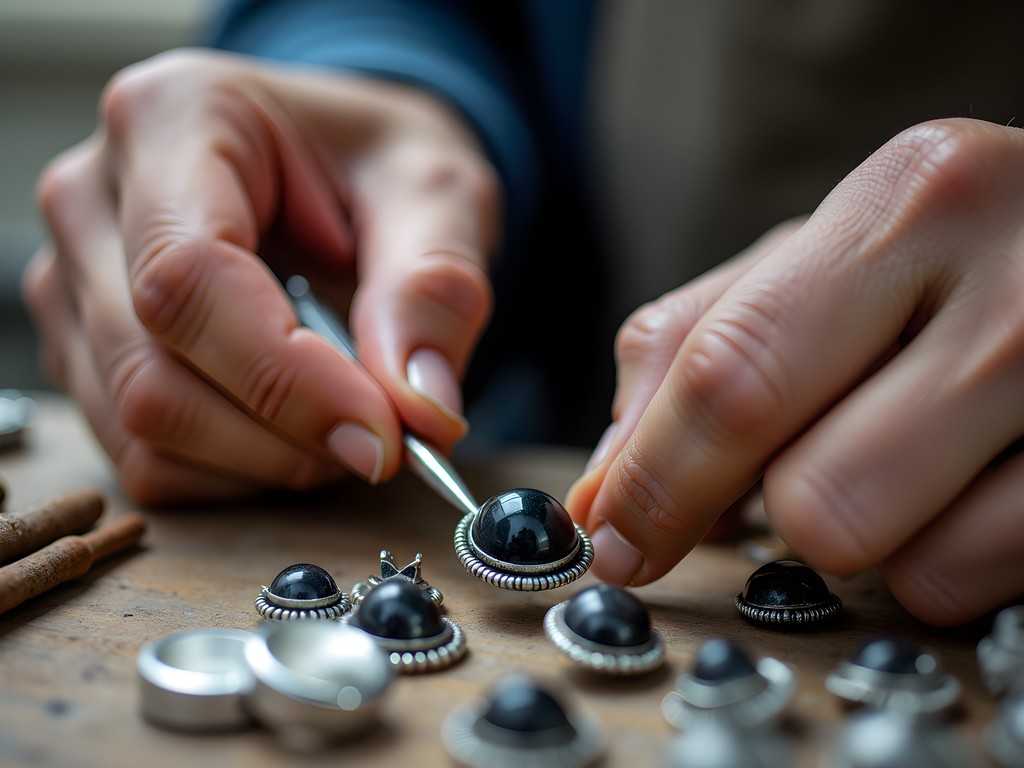
💡 Pro Tips
- Ask about the source of the emery—authentic pieces use stone from the historic Naxos mines
- Look for the contrast between polished and raw emery in the same piece—this showcases the craftsperson's skill
- Consider the weight of jewelry pieces—authentic emery has a substantial feel
Naxian Marble: Fragments of Ancient Glory
When you walk through any museum housing Greek antiquities, you're likely admiring Naxian marble. This exceptionally pure, fine-grained white marble has been prized since ancient times—the famous Portara (Apollo's Temple gateway) standing sentinel over Naxos harbor is testament to this legacy.
While the large-scale quarrying of previous millennia has ceased, small workshops continue to create marble items that connect modern visitors to this ancient tradition. In the mountain village of Kinidaros, near historic quarry sites, I visited several marble workshops where artisans create everything from simple coasters to elaborate sculptures.
What fascinated me was learning to distinguish authentic Naxian marble from imports. The genuine article has a distinctive crystalline structure that catches light differently—almost seeming to glow from within. When Dimitris, a third-generation marble worker, held a thin slice up to the sunlight, the translucence was magical.
For practical souvenirs, consider marble mortars and pestles (30-60€), which combine beauty with functionality. Smaller items like paperweights, eggs, and simple sculptures range from 10-50€, while more elaborate pieces can reach several hundred euros.
The marble workshops around Kinidaros welcome visitors, though calling ahead is appreciated for smaller establishments. Many offer demonstrations where you can watch artisans transform rough blocks into polished treasures using both traditional hand tools and modern equipment.
For families, the more established workshops often have small marble pieces that children can polish themselves—a hands-on connection to an ancient craft that usually results in a treasured souvenir and, in my experience with my friend's children, a surprisingly long attention span.
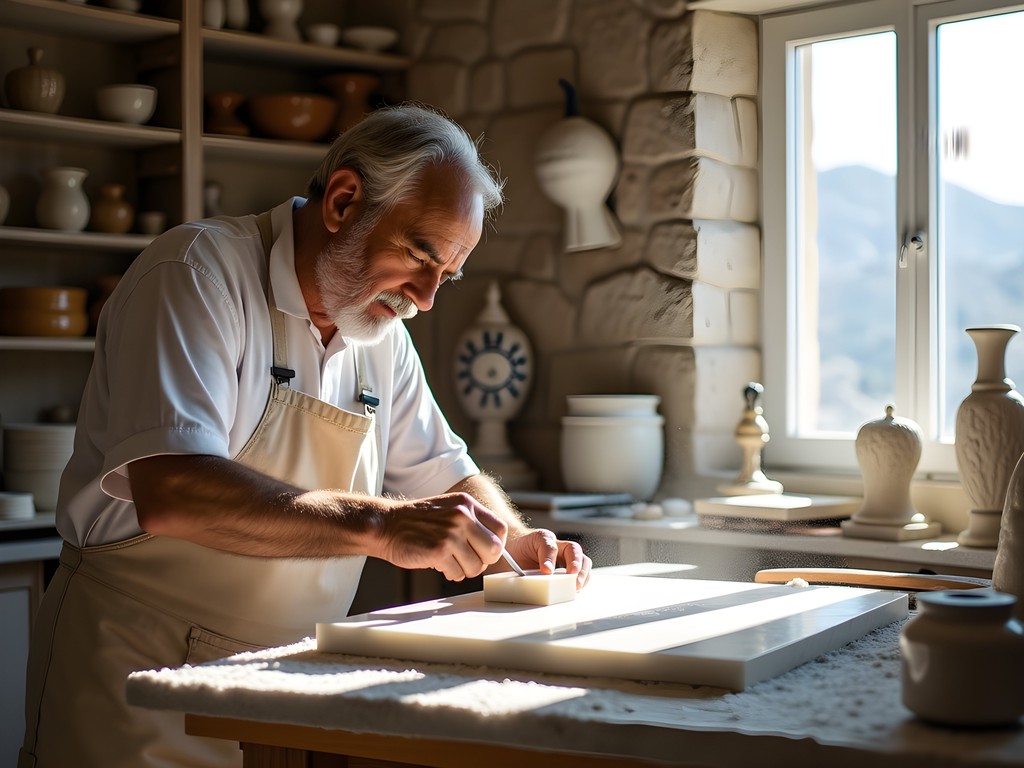
💡 Pro Tips
- Authentic Naxian marble items should come with certification of origin
- Look for the distinctive crystalline pattern that differs from other marbles
- Consider shipping larger pieces—marble is heavy and can affect luggage weight limits dramatically
Final Thoughts
As I packed my treasures for the journey back to Bangalore—each wrapped carefully in soft clothes and tucked between layers in my suitcase—I realized that shopping in Naxos had become much more than a tourist activity. It was a journey through the island's soul, each craft revealing stories of resilience, adaptation, and cultural pride. These aren't mere souvenirs but tangible connections to people who've maintained traditions despite the homogenizing forces of globalization. When you shop in Naxos with intention, you're not just decorating your home; you're becoming part of an unbroken chain of appreciation that has sustained these crafts for generations. Whether you're traveling with family, friends, or solo like this 60-year-old Canadian-turned-Indian resident, I encourage you to look beyond the surface, ask questions, and discover the stories behind the crafts. Your Naxian treasures will continue giving joy long after your tan has faded—each piece a portal back to sun-drenched days on this magical island. Now, whenever someone admires my Naxian earrings or comments on the distinctive aroma of Kitron in my glass, I have the pleasure of beginning: 'Let me tell you about this remarkable island...'
✨ Key Takeaways
- Focus on workshops rather than tourist shops for authentic crafts and meaningful connections with artisans
- Consider practicality and airline weight restrictions when purchasing—marble is beautiful but heavy!
- Create a shopping strategy that balances craft hunting with other activities, especially when traveling with children
- Budget for shipping costs for larger items—many workshops offer reasonable international shipping
📋 Practical Information
Best Time to Visit
Late May to early October, with June and September offering fewer crowds but full access to workshops
Budget Estimate
€300-500 per family for quality craft purchases over a week
Recommended Duration
Minimum 3 days to explore various craft villages, ideally spread throughout a week-long stay
Difficulty Level
Easy To Moderate (Some Mountain Villages Require Navigating Steep Paths)

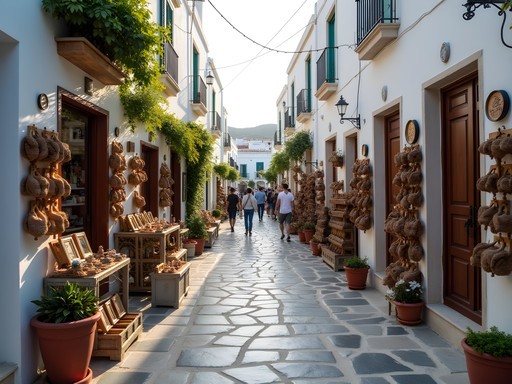
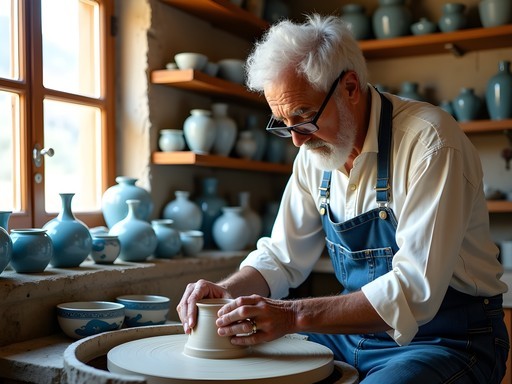
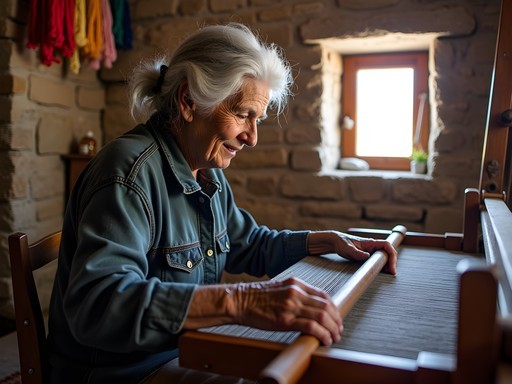
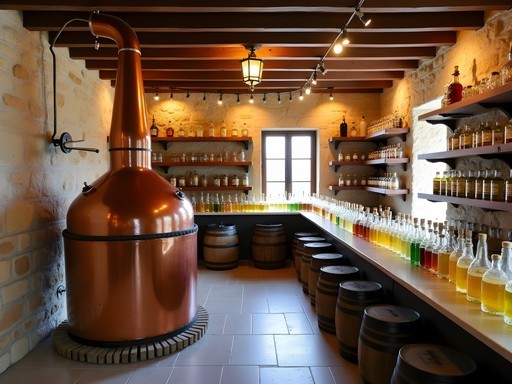
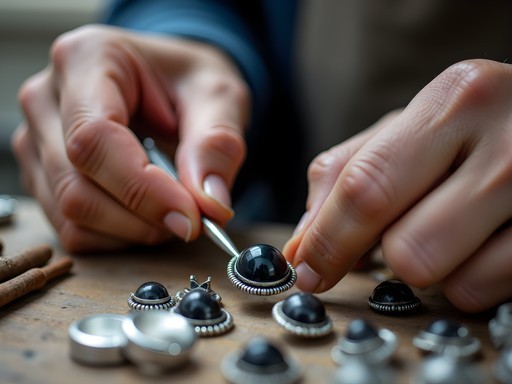
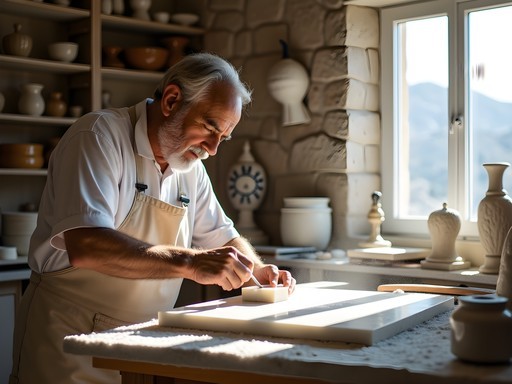


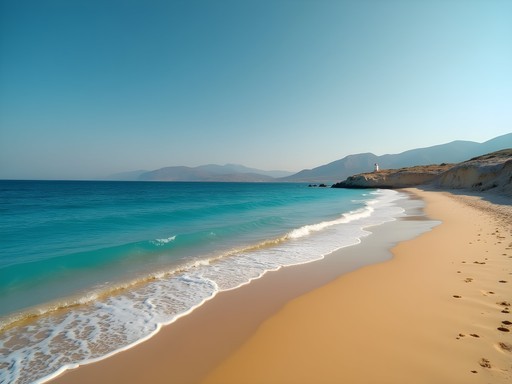
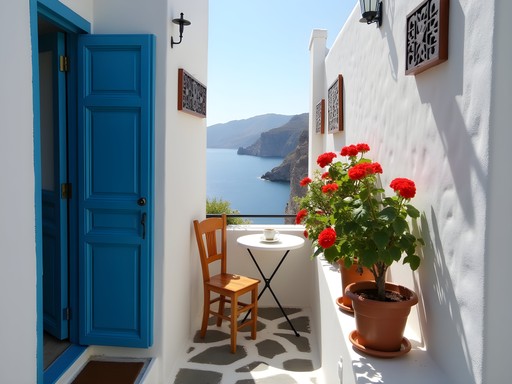



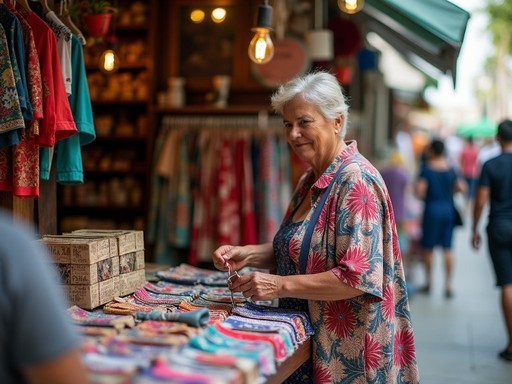


Comments
escapeclimber
Rachel - loved this post! Your transition from HR director to travel writer is inspiring. Quick tip for others: many shops close for several hours during afternoon siesta time (roughly 2-5pm). Plan your shopping for mornings or evenings!
greenphotographer
Those blue and white ceramics are so photogenic! Great pics!
luckyone
Great article! Anyone know if the ceramic shops will ship internationally? I'm going next month but worried about fitting everything in my luggage.
Taylor Moreau
Most of the larger workshops in Naxos Town will ship internationally. I've used Vakondios Ceramics twice for shipping to clients in London - pricey but reliable. The smaller village studios typically don't offer shipping.
luckyone
Thanks Taylor! That's super helpful.
adventureway
Just got back from Naxos two weeks ago and bought so many textiles! That section about the woven stories really resonated. I visited a workshop where an older woman showed me how they've been making the same patterns for generations. She let me try the loom (I was terrible!) but it gave me such appreciation for the work. Ended up buying a beautiful table runner that's now my favorite home decoration. Did anyone else try the kitron liqueur? I brought back three bottles!
luckyone
The kitron is amazing! I actually visited the distillery mentioned in the article. They do tastings of different varieties - the yellow one was my favorite. Definitely worth the trip!
adventureway
Yellow was my favorite too! Did you have any issues bringing bottles back home? I wrapped mine in clothes but was nervous the whole flight!
luckyone
I used a bottle protector that worked perfectly! No leaks or breaks. Worth the investment if you're bringing back special bottles.
escapeclimber
Those ceramics look gorgeous! Adding Naxos to my bucket list ASAP!
Taylor Moreau
Definitely worth it! I was there on business last month and still made time to visit several pottery workshops. The craftsmanship is exceptional.
luckygal
Those kitron bottles are so pretty! Perfect souvenir!
Elena Wells
Rachel, your transition from corporate HR to world traveler speaks to my soul! I had a similar awakening at 28 when I left my accounting job. On Naxos last spring, I stumbled upon this tiny shop run by a grandmother-granddaughter duo who create modern jewelry inspired by ancient Cycladic designs. It was tucked away on a side street near Chora's castle - I don't think it even had a proper sign! The young woman spoke perfect English and explained how they source materials locally. I spent way too many euros there but now have the most stunning pair of hammered silver earrings that tell a story. Isn't that what souvenir shopping should be about? Not just things, but memories and connections.
Jean Wells
Rachel, your post resonates deeply with my own Naxian experience last summer. The intersection of tradition and craftsmanship there is remarkable compared to other Cycladic islands. I conducted a comparative analysis of textile techniques across three islands, and Naxos consistently demonstrated the most authentic preservation of Byzantine-influenced patterns. The economic sustainability model of their artisan workshops is also noteworthy - they've managed to maintain traditional techniques while adapting to contemporary market demands without compromising quality. Did you notice how the ceramic designs vary between northern and southern village workshops? The historical influences are fascinatingly distinct.
Rachel Hunter
Jean, I'm impressed by your analytical approach! I did notice those regional differences but didn't realize the historical significance. Would love to hear more about your textile research sometime.
journeyguide
Great post! I'm heading to Naxos next month and definitely want to bring home some authentic crafts. Any specific shops you'd recommend for ceramics that won't break the bank? Also curious about how you managed to transport fragile items back home safely?
Rachel Hunter
For affordable ceramics, check out the small shop near the Apollo Temple entrance - family-run and reasonable prices. For transporting, I used my packing cubes to create padded compartments in my suitcase. The shop will also wrap items in bubble wrap if you ask!
journeyguide
Thanks so much! I'll definitely look for that shop. And good tip about asking for bubble wrap - hadn't thought of that!
mountainguide
Just got back from Naxos last month and totally agree about the ceramics! Found this tiny workshop in Chalki where the potter let me try throwing a pot (failed miserably but had a blast). The kitron is amazing too - brought back three bottles and now I'm rationing it like gold. Did you find the weaving cooperative near Apiranthos? The elderly ladies there have been making textiles the same way for 60+ years. Incredible to watch!
Rachel Hunter
I did! Those women are absolute treasures. One of them showed me a wedding blanket she made in the 1970s that was still in perfect condition. Craftsmanship that lasts generations!
mountainguide
That's amazing! Did you try the kitron cocktails at that little bar in Naxos Town? The one with all the vintage photos on the wall? They make this incredible kitron sour that I'm still dreaming about.
Venture X
Premium card with 2X miles, $300 travel credit, Priority Pass